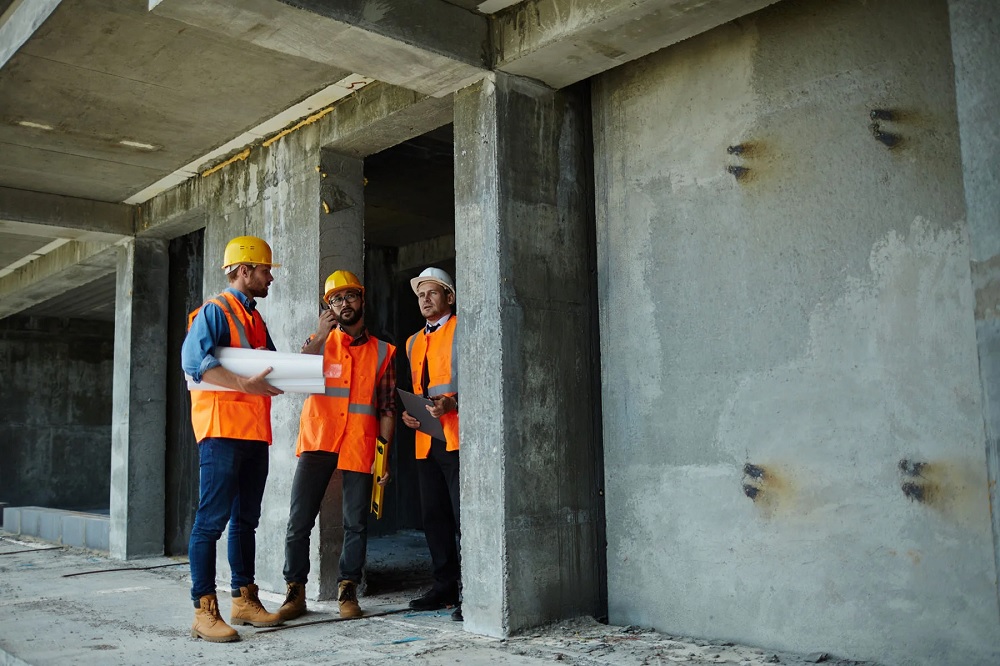How sure are you about that building’s condition?
When you look at a building, whether it’s your home, office, school, or any other structure, it’s natural to make assumptions about its condition based on outward appearance. However, the state of a building often is deceiving, and relying solely on surface-level observations be a costly mistake. Proper assessment of a building’s condition requires a thorough evaluation by professionals who identify potential issues apparent.
Building condition assessments
Regular building condition assessments are crucial for several reasons:
- The primary concern is ensuring the safety of occupants and preventing catastrophic failures. Undetected structural weaknesses, deterioration, or hazardous materials put lives at risk.
- Assessments help identify areas that require immediate attention or future maintenance, allowing building owners to plan and budget for necessary repairs proactively.
- A well-maintained building retains its value and even appreciates over time, while a neglected structure will inevitably decrease in worth.
- Building codes and regulations are in place to protect public health and safety. Regular assessments help ensure compliance and avoid potential fines or legal issues.
Qualified professionals
Building condition assessments should only be performed by qualified professionals with the necessary expertise and experience. Depending on the size and complexity of the building, the assessment team may include:
- Architects or engineers- These professionals have the technical knowledge to evaluate structural integrity, compliance with building codes, and overall design performance Discover More about building inspections in Sydney by visiting vitalbuildinginspection.com.au.
- Building inspectors- Certified inspectors are trained to identify potential issues related to building systems, materials, and construction quality.
- Environmental consultants– For assessing the presence of hazardous materials or environmental concerns, specialized consultants with relevant certifications are essential.
- 4. Contractors or tradespeople- Experienced contractors or tradespeople may be involved to provide insights into specific systems or components, such as HVAC, electrical, or plumbing.
Regular assessments
While building condition assessments may seem like an unnecessary expenst costs in the long run. Regular assessments allow building owners and managers to:
- Identify and address minor issues before they escalate into major, costly repairs or replacements.
- Prioritize and plan for necessary maintenance and capital improvements, spreading out expenses over time.
- Extend the lifespan of building components and systems through proactive maintenance and timely repairs.
- Improve energy efficiency and reduce operational costs by identifying areas for improvement in building systems.
- Maintain a safe and healthy environment for occupants, reducing the risk of liability and legal issues.
- Preserve property value and potential resale or rental income by keeping the building in good condition.
Frequency of assessments
The frequency of building condition assessments may vary depending on several factors, such as the age of the building, its usage, and the local climate conditions. Generally, it is recommended to conduct comprehensive assessments every 3 to 5 years for most commercial and residential buildings. However, certain components or systems may require more frequent inspections.
- Roofing systems– Inspected annually or after major weather events.
- HVAC systems– Evaluated and serviced annually for optimal performance and energy efficiency.
- Elevators and other critical systems– Inspected and maintained according to manufacturer recommendations and local regulations.
Additionally, assessments should be conducted after significant renovations, natural disasters, or any other events that could potentially impact the building’s condition.


Comments are closed.